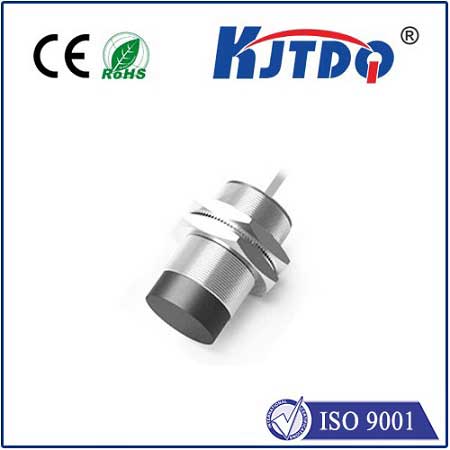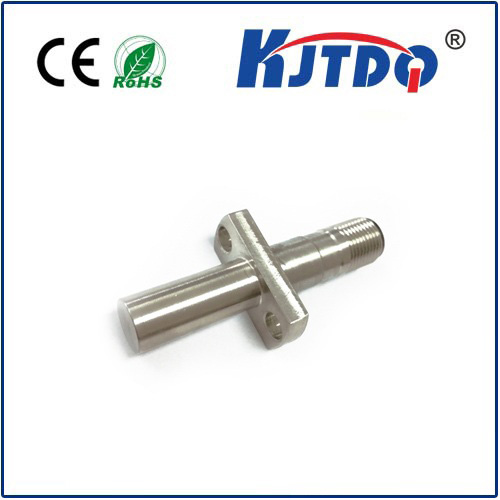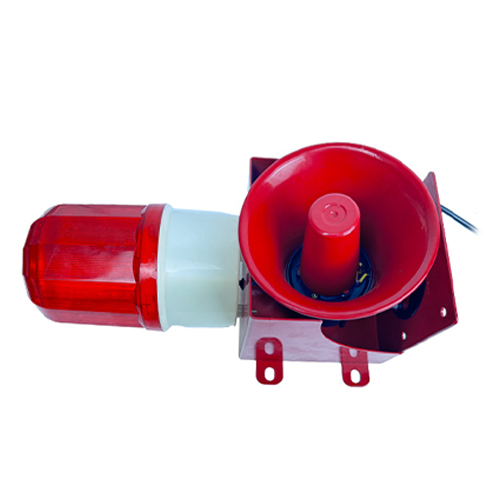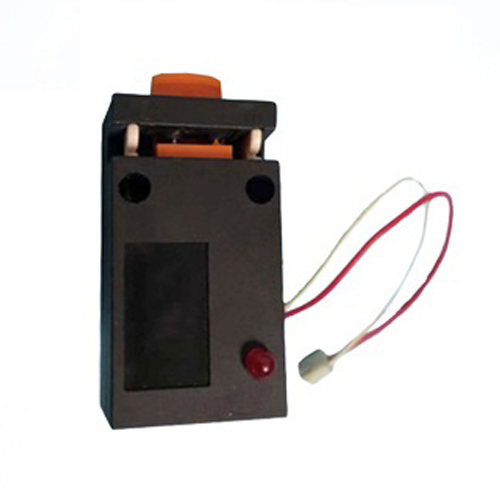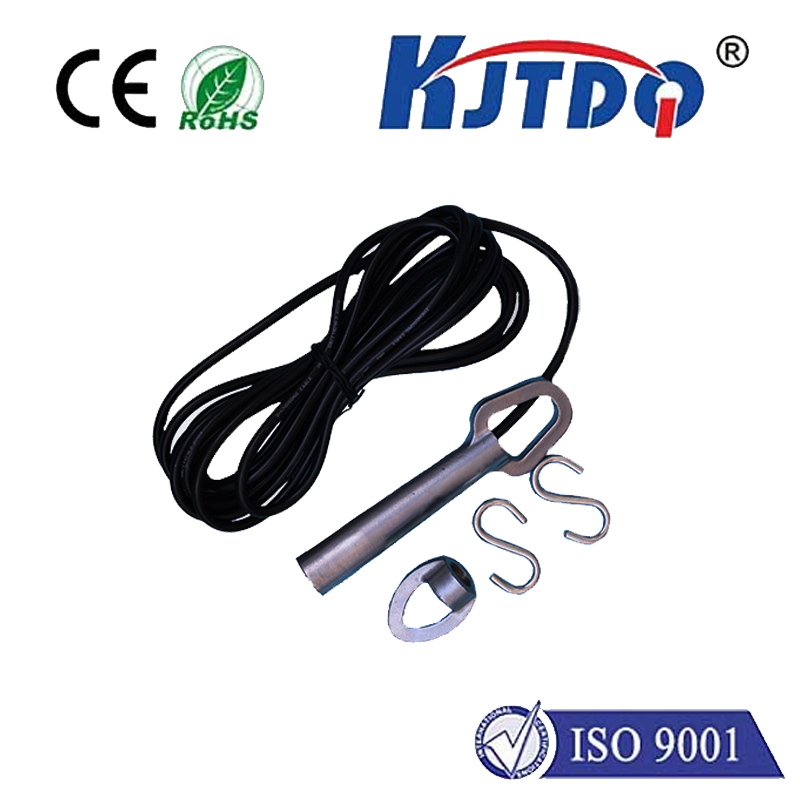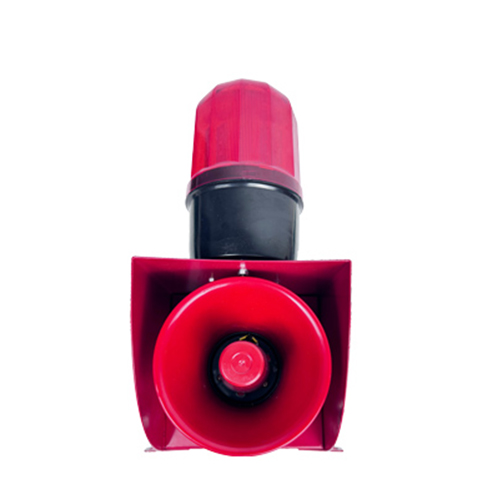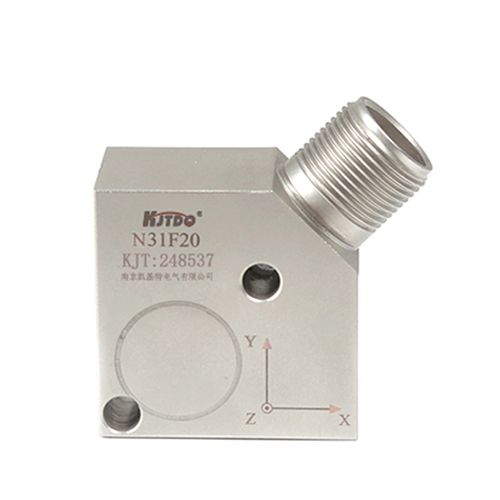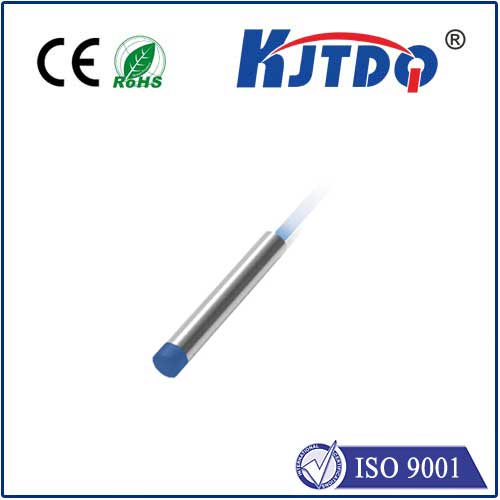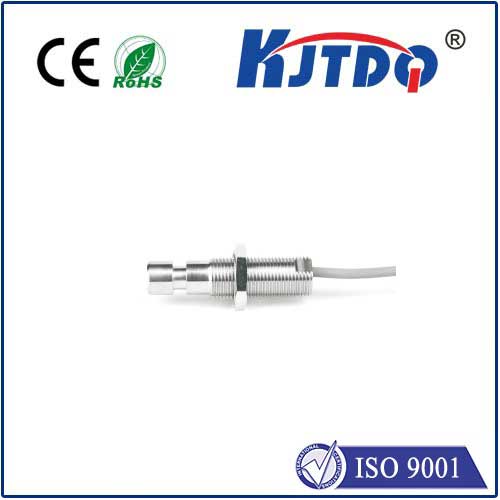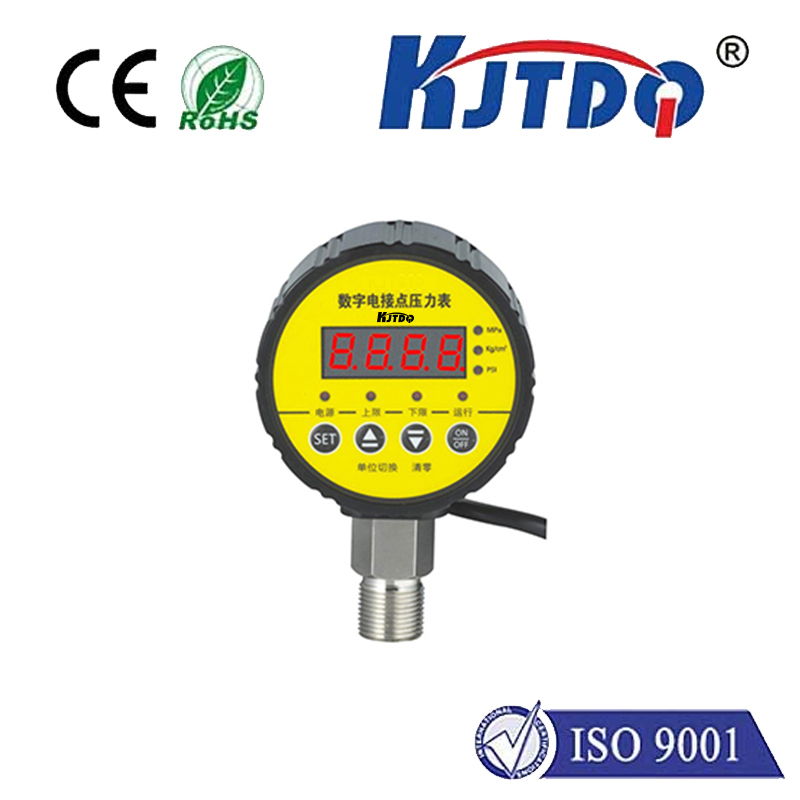

check

check

check

check

check

check

check

check

check

check
The Role of Up Limit Switches in Industrial Applications
Up limit switches are crucial components in various industrial applications, providing essential safety and control functions. These switches serve as position sensors that detect when a machine or system has reached its maximum operating limit or "up" limit. By doing so, they help prevent accidents and equipment damage caused by overextending or overloading mechanisms.

One common use of up limit switches is in elevator systems, where they stop the elevator from moving beyond the top floor. This ensures passenger safety and prevents potential damage to the hoistway or machinery. Similarly, in conveyor belt systems, up limit switches can halt the movement of materials once they reach a certain height to avoid overflowing or spillage.
In addition to their safety features, up limit switches also play a vital role in process automation. They can be used to trigger the start or stop of specific operations within an assembly line or production facility. For example, in manufacturing settings, an up limit switch may signal the end of a packaging process, prompting the next step in the production sequence.
Furthermore, up limit switches are often integrated into HVAC systems, signaling when temperature or pressure levels have reached their peak. This allows for energy conservation and efficient management of heating and cooling processes.
In conclusion, up limit switches are indispensable devices that contribute significantly to both safety and operational efficiency across numerous industries. Their ability to detect maximum operating limits ensures the protection of personnel and equipment while also facilitating precise control over mechanical processes. As technology continues to evolve, the application of up limit switches is likely to expand further, enhancing our ability to manage complex systems safely and effectively.
